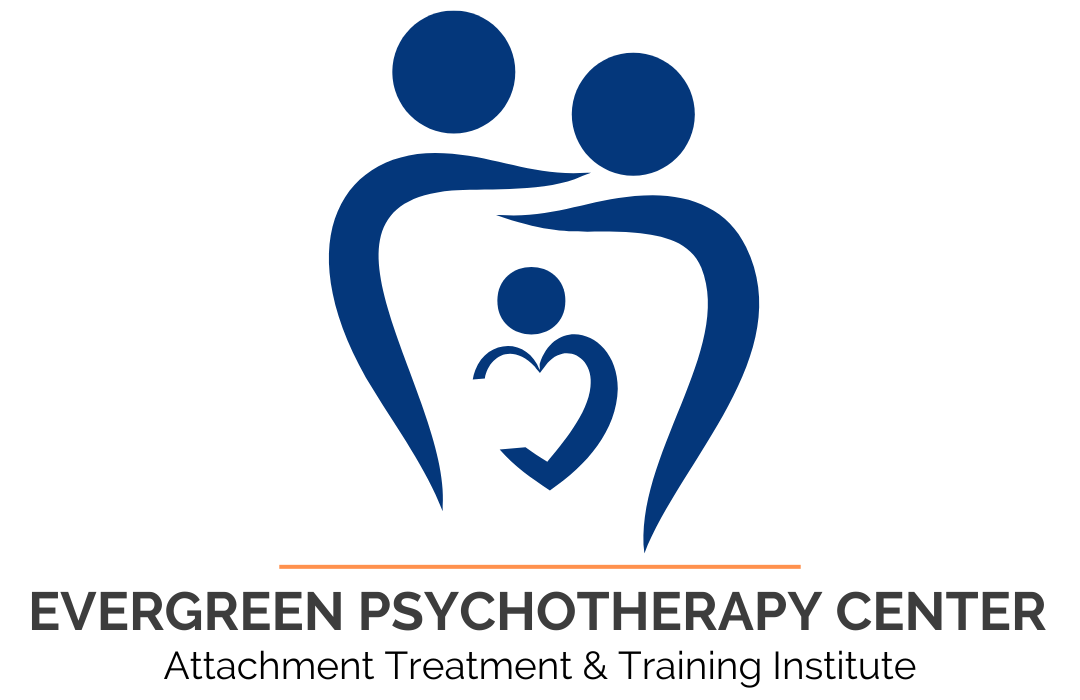Each month, Dr. Levy answers a common question he has received from professionals, caregivers and parents during three decades of pioneering work on attachment theory, treatment and training. This month he discusses the communication model he and his late partner Michael Orlans developed to help couples and families build healthier relationships.
Attachment Communication Training (ACT), is a communication model developed through our research that is a structured and goal-oriented approach to teaching communication skills and mitigating destructive patterns of interacting.
Many of the behaviors and patterns of interacting in adult intimate relationships can be traced to the attachment patterns formed early in life. Securely attached adults view themselves as worthy of love and trust their partners to be dependable and supportive. Adults with insecure attachment view themselves as not deserving of love and expect their partners to reject, abandon or abuse them. These mental models and beliefs influence how we communicate in our relationships as adults and impact the quality of these relationships.
Therefore, a useful and practical way to change negative patterns is to learn how to communicate effectively. Healthy communication promotes empathy, understanding, support, and need fulfillment, and fosters constructive problem solving and conflict management.
Goals
ACT has the following desired results:
- Provides a framework conducive to safe and constructive confiding; fosters a healthy and healing emotional environment.
- Teaches effective communication skills, including listening and sharing skills.
- Increases positive ways of interacting and prevents destructive behaviors, such as criticism, contempt, defensiveness or stonewalling.
- Facilitates constructive verbal and nonverbal communication, including mental, emotional, and physical connections.
- Results in attunement to each other’s needs, feelings, and states of mind (limbic resonance).
- Encourages empathy, warmth, and genuineness; allows for non-threatening confrontation and constructive conflict management.
- Offers a way to change current patterns of relating as well as prior attachment patterns; the marital relationship serves as a healing environment.
- Allows partners to be a secure base for one another, and an emotional support system in times of stress.
Method
Learning these communication skills involves the two people in the relationship sitting in chairs facing one another so that they are close enough to hold hands. The therapist guides them as they learn the skills, creating a setting that is conducive to constructive emotional communication.
Both parties enter into a contract where they commit to learning the ACT skills and to sticking to a set of ground rules which include:
- No blaming, criticism, contempt defensiveness or stonewalling
- Agree to disagree; each person is allowed to have their own feelings and opinions
- No interrupting
- Discontinuing until a later time if you can’t talk without destructive emotions
- No running away; work through an issue
- Practice communication skills outside the therapeutic setting
- Agree to get help from your therapist if you get stuck
Then, they follow the six steps of the ACT model: (1) Share, (2) Listen, (3) Restate, (4) Feedback, (5) Reverse roles and (6) Discuss results.
The process of ACT may feel awkward at first, but with time becomes more fluid. Repeated practice during sessions with your mental health professional and at home are typically necessary to become proficient.
In the decades that we have taught the ACT communication model, most clients have reported less conflict, increased emotional closeness, trust and attachment as well as feeling more hopeful about their relationship. To learn more about ACT and our methodology, visit evergreenpsychotherapycenter.com.
Previous articles addressed questions about the Seven Functions of Secure Attachment, the Dependency Paradox, the importance of talking about trauma, the First Year Attachment Cycle, traits of successful and healthy adult relationships, the importance of hope as a part of treatment for trauma and the core concepts of child development.



Thank you